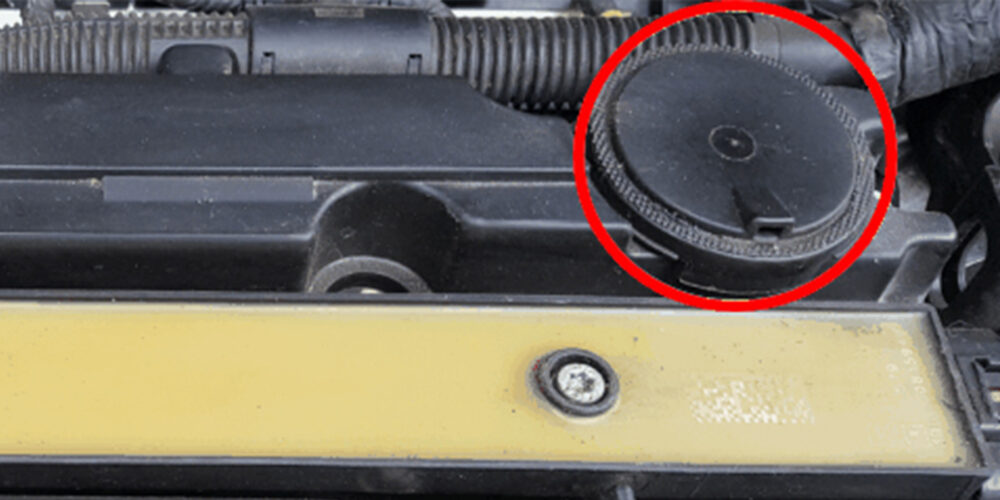A century ago, in March 1914, Bosch presented its first electric starter motor for automobiles. This marked a giant leap forward in automotive electrification, which would make driving safer and more comfortable. Electric starter motors were a great relief for motorists of the day. It took a lot of effort to start a heavy, large-volume engine, but now chauffeurs no longer had to work up a sweat cranking the engine. What’s more, with manual starting there was always a risk that the crank handle might slip or suddenly kick back – possibly causing serious injury.
The electric power for the new starter motor came from the vehicle battery, which was part of the Bosch automotive lighting system. Bosch had launched this independent power supply system only a year earlier. While the earliest starter motors weighed almost 10 kilograms and delivered just 0.6 kilowatts of power, the starter motors in today’s portfolio weigh between 1.9 and 17 kilograms and cover a power range of 0.8 to 9.2 kilowatts, demonstrating just how far starter motor technology has advanced.
The Start Of A New Line Of Business
“The starter motor is typical of the products Bosch launched in the early days of motorization. All of them were designed to eliminate shortcomings in function, operation and safety,” said Ulrich Kirschner, president of the Bosch Starter Motors and Generators division. It was Gottlob Honold, Bosch’s chief engineer, who had the idea of using an electric motor to start the engine. Other manufacturers had already attempted to do the same; while the results of their efforts worked relatively well, they were still unsuitable for everyday use and series production. So if Bosch moved quickly, it could develop a better starter motor of its own.
No More Cranking
It wasn’t uncommon for motorists to come to serious harm when, instead of turning over, the engine would kick back a short way and cause the heavy crank handle to hit them. At a time when many people were still suspicious of the recently introduced automobile, this danger might all too easily tarnish its public image. Owners – predominantly wealthy individuals who were becoming keen on driving their automobiles themselves rather than being chauffeured – demanded a more convenient alternative. The new electric starter motor could be operated safely and reliably, first by means of a foot pedal and soon after at the touch of a button.
Initially, most of the demand for electric starter motors came from North America. This was reason enough for Robert Bosch to ramp up starter motor production at the company’s plant in Plainfield, N.J., in 1914. Initially, sales of the new device remained modest; by 1927 Bosch had sold approximately 11,000 units. Then, the starter motor gradually became more widely accepted, and nearly 550,000 were sold by 1933. But still it took decades for the crank handle to disappear completely from the world’s roads, according to Bosch.
Series production of starter motors specifically tailored for use in start-stop systems began in 2007. To save fuel, this function stops the engine when the vehicle is at a standstill. As soon as the driver presses the gas pedal, the engine starts again – quickly, quietly, and automatically. In order to achieve further reductions in fuel consumption and CO2 emissions, Bosch engineers are working on gradually extending the scope of engine shutoff. In what is known as coasting mode, the engine will initially be shut off whenever the vehicle is coasting to a stop. Later, the coasting function will be extended to stop the engine even while on the open road, whenever the driver’s foot is no longer on the gas pedal.
Today, Bosch offers a broad spectrum of robust, reliable starter motors for gasoline and diesel engines – for passenger cars and commercial vehicles, supporting both 12- and 24-volt vehicle electrical systems. In addition to ease of integration, Bosch starter motors are lightweight, compact and powerful, reducing fuel consumption and emissions, the company notes. Bosch manufactures more than 12 million starter motors every year, and these are installed in at least one in every five newly manufactured vehicles worldwide.














